What is the Keski Fish (River Anchovy)?
The Keski fish, commonly known as the River Anchovy, is a fascinating and often underappreciated species of fish that inhabits freshwater environments around the world. These diminutive yet ecologically significant fish belong to the Engraulidae family, a group that includes marine anchovies but is adapted to thrive in freshwater ecosystems. The River Anchovy is celebrated for its unique contribution to the intricate web of life within rivers and streams.
Characteristics of Keski Fish (River Anchovy)
- Physical Appearance: Keski fish exhibit distinctive slender, elongated bodies covered in silvery scales. They share a streamlined shape with their marine relatives, aiding their swift and agile movements through freshwater currents. Their subtle yet striking appearance makes them a noteworthy addition to freshwater ecosystems.
- Size: These fish typically measure between 3 to 6 inches (7.5 to 15 centimeters) in length, with variations based on species and age. Their compact size allows them to navigate the intricate underwater landscapes of rivers and streams with ease.
- Habitat: Keski fish are primarily found in freshwater environments, favoring clear, flowing waters in rivers, streams, and tributaries. They are often associated with aquatic vegetation and rocky substrates, where they seek refuge and forage for food.
- Diet: Keski fish have a specialized diet primarily composed of plankton and small aquatic organisms. They are skilled filter feeders, using unique structures to extract microscopic food particles from the water. This dietary preference positions them as integral components of freshwater food webs.
Culinary Uses
Keski fish, though not as widely recognized in culinary traditions as some other fish species, have a culinary presence in regions where they are abundant:
- Local Cuisine: In regions where Keski fish are prolific, they often find their way into local cuisine. Common cooking methods include pan-frying, grilling, or inclusion in soups and stews, where their delicate flavor complements various ingredients.
- Traditional Dishes: Keski fish contribute to the flavor profiles of traditional dishes, imparting a subtle seafood taste that harmonizes with a wide range of seasonings and culinary elements. Their versatility in regional cuisine reflects their cultural significance.
Health Benefits
Incorporating Keski fish into one’s diet offers several health advantages:
- Protein: Keski fish serve as a commendable source of high-quality protein, supplying essential amino acids that support muscle growth, tissue repair, and overall health. Their protein content makes them a nutritious addition to balanced meals.
- Omega-3 Fatty Acids: While not as rich in omega-3 fatty acids as some fatty fish, Keski fish still contain these heart-healthy fats. Omega-3s are associated with potential cardiovascular benefits, including reduced risk of heart disease.
- Vitamins and Minerals: Keski fish provide essential nutrients such as vitamin D, calcium, and phosphorus. These nutrients are vital for bone health, immune function, and overall well-being, further enhancing the nutritional value of these small but significant fish.
Cooking Tips
Successfully preparing Keski fish involves some specific considerations:
- Preparation: Due to their modest size, Keski fish are often cooked whole, with their heads and tails intact. Proper cleaning and scaling are essential steps in preparing them for cooking.
- Light Seasoning: Keski fish’s delicate flavor shines when complemented by light seasonings such as herbs, lemon, and mild spices. These additions enhance the fish’s natural taste without overpowering it.
- Quick Cooking: Keski fish cook rapidly due to their size. Utilizing quick-cooking methods like grilling, pan-frying, or broiling helps maintain their tenderness and prevents overcooking.
- Serving: Keski fish pairs exceptionally well with fresh salads, rice dishes, or simple vegetable side dishes. These accompaniments allow the subtle flavors of the fish to take center stage in the meal.


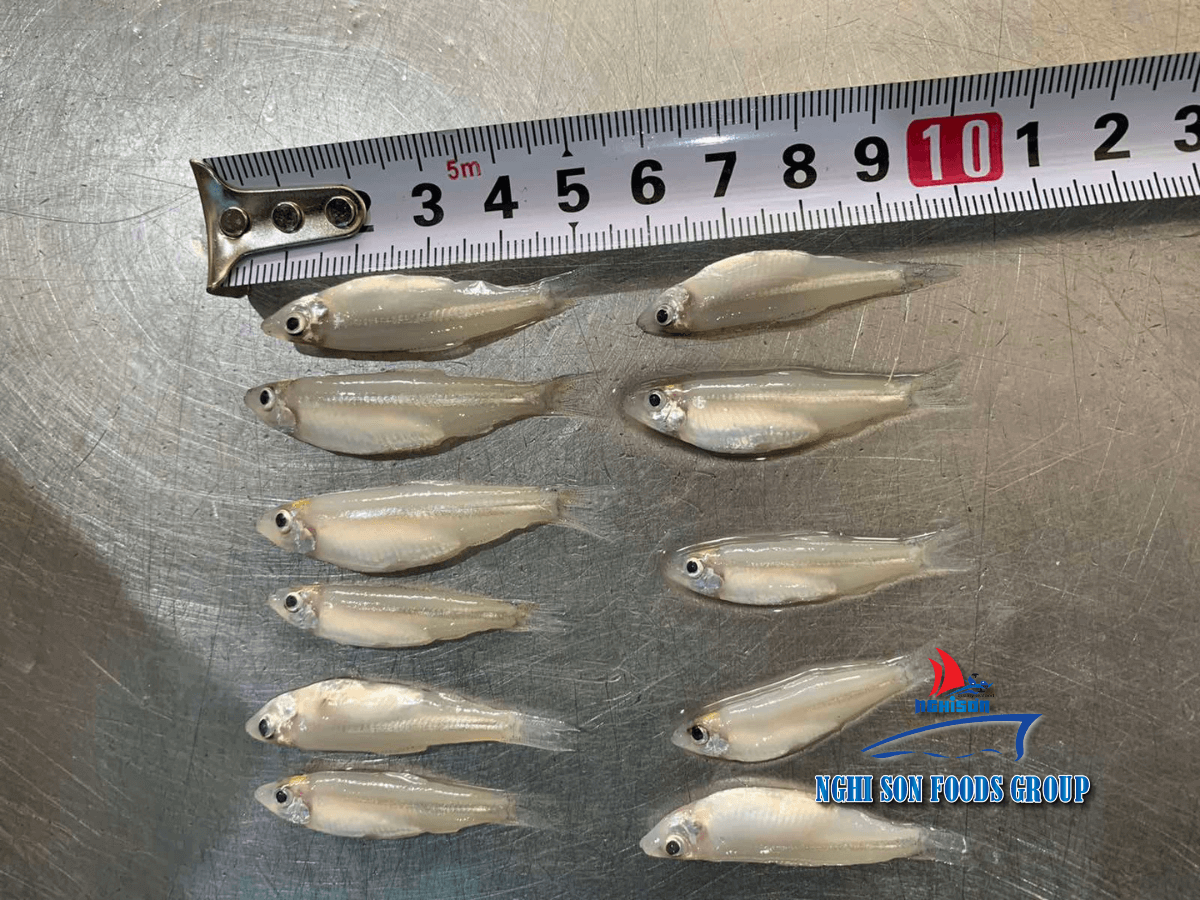

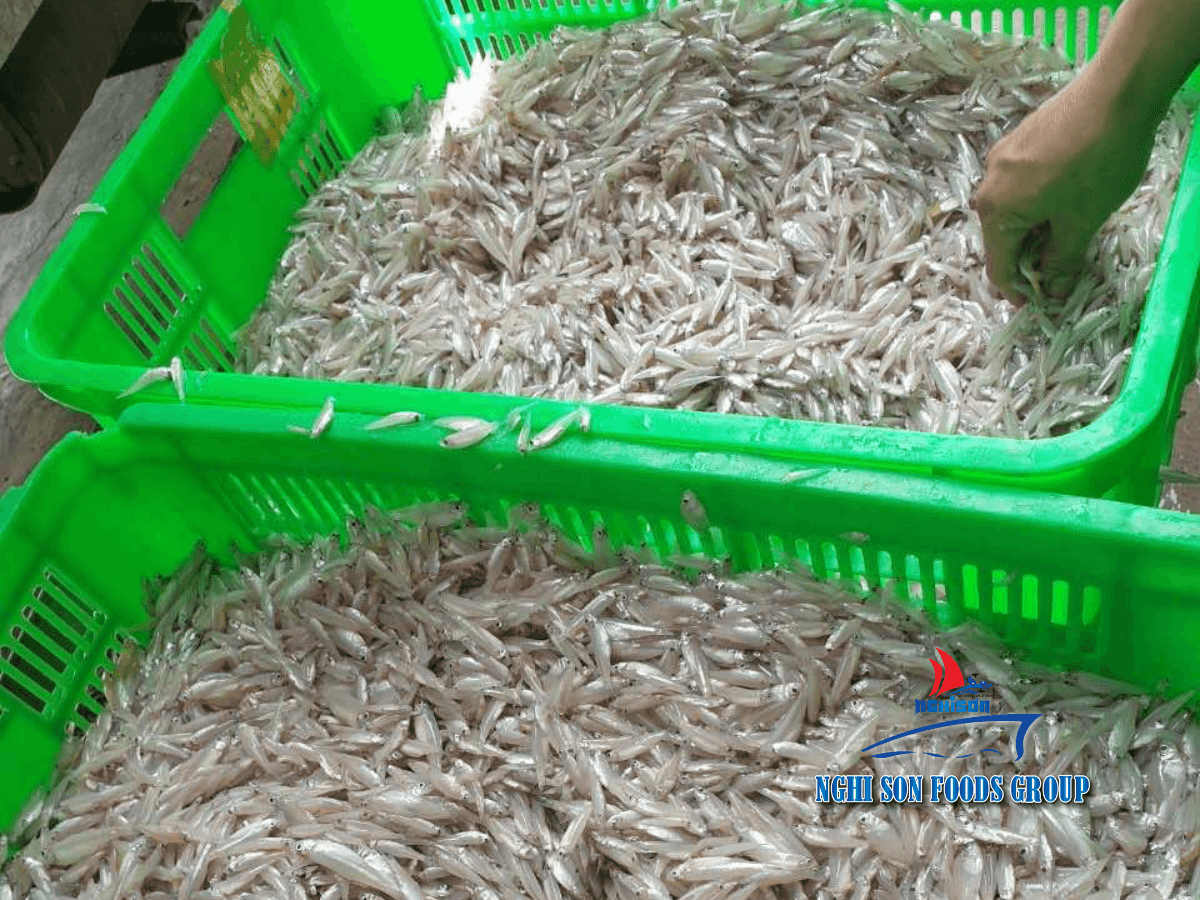

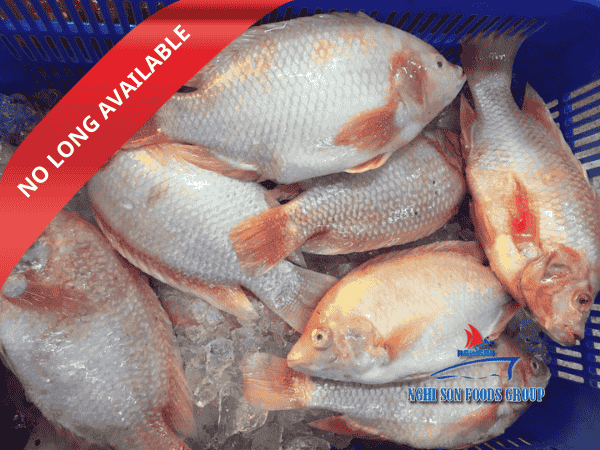
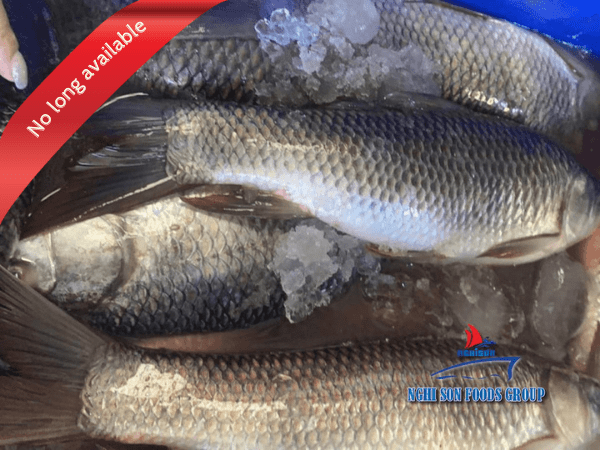


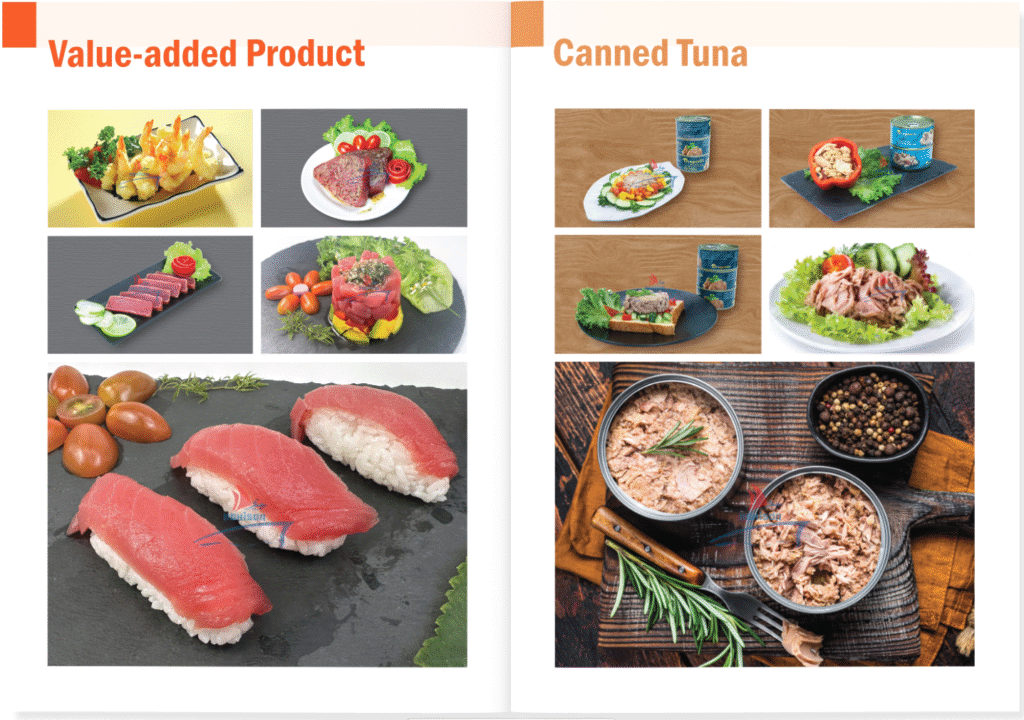


Reviews
There are no reviews yet.